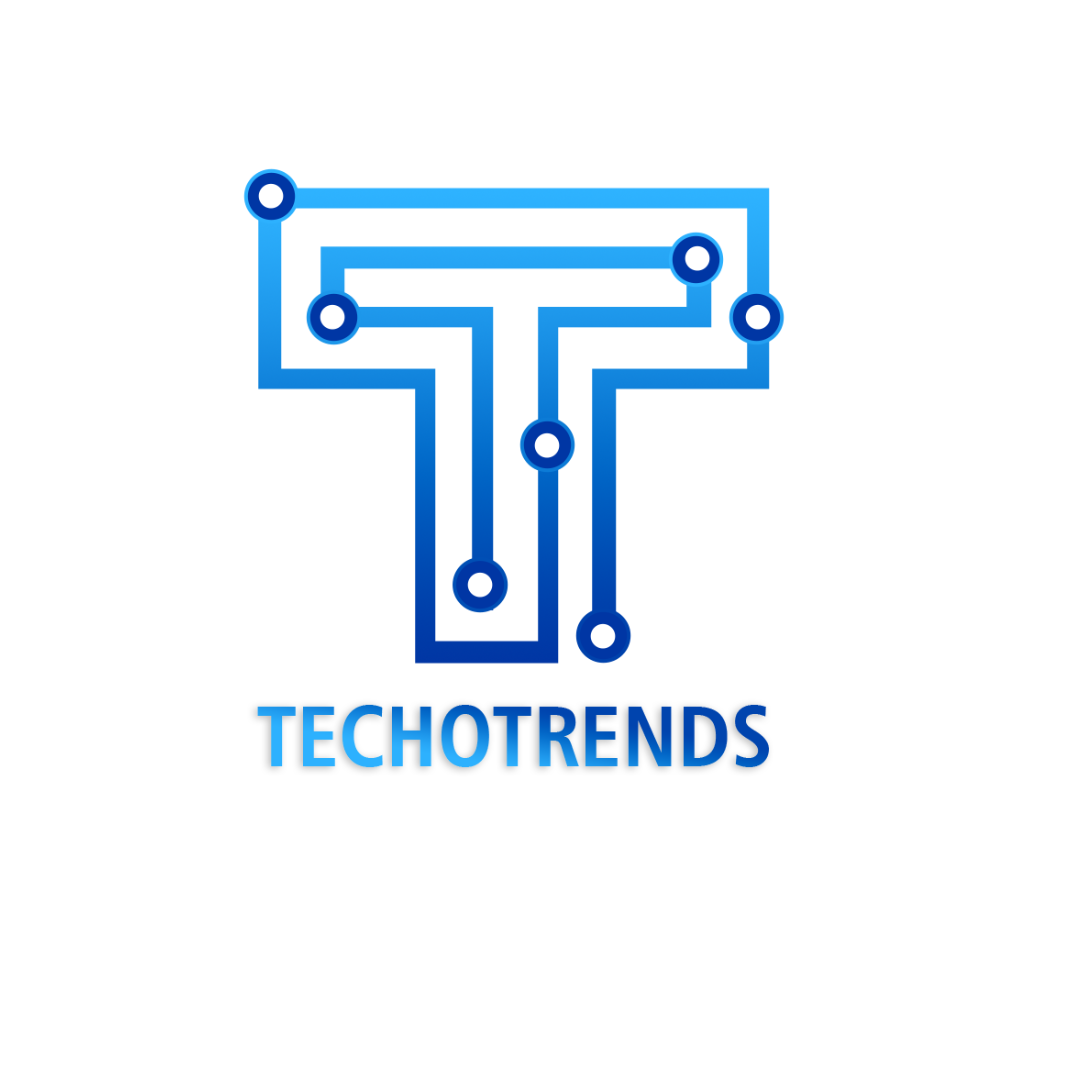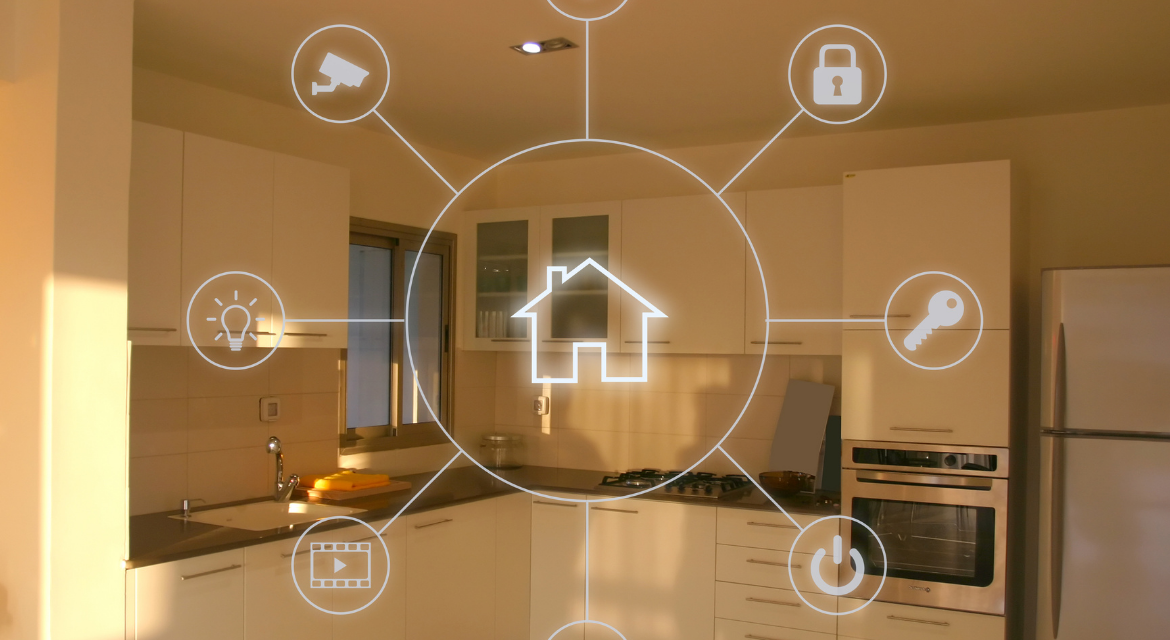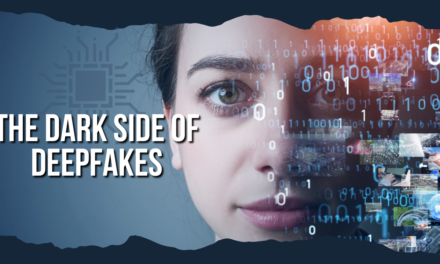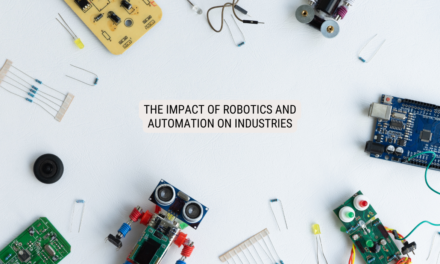The world of IoT continues to evolve at an impressive pace, bringing together the digital world with our real world. IoT will forever change how we live: smart homes, intelligent buildings, intelligent roads, etc, for convenience, efficiency and sustainability.
Smart Homes: Where Convenience Meets Innovation
The core of the IoT revolves around the smart home concept. Picture yourself getting up to the house that already has it turned on, the lights have dimmed as you like, the thermostat is now at optimum levels, and the coffee maker is ready even when you are still lying in your bed. With IoT in place, smart home devices achieve this.
Home Automation: Simplifying Daily Tasks
Using smart devices like thermostats, lighting systems, and security cameras allows homeowners to control and supervise their houses remotely. Automation eases daily tasks as well as saves power, hence decreasing utility bills.
Health and Wellness Monitoring
Smart wearables and health care at home are additional ways that it is moving into the health and wellness domain. With fitness trackers that count calories burnt and health monitors that give readings on key life signs, proactive healthcare is a possibility even at home.
Connected Cities: Improving urban efficiencies
With growing populations moving into cities, issues of sustainability and efficiency have become a major concern to the cities. By extension, IoT is key in turning conventional towns into smart and intelligent points.
Smart Transportation: Redefining Urban Mobility
Urban mobility is improved by having intelligent transport systems comprising connected vehicles as well as connected public transport systems. Commuters are now able to get real-time information about traffic patterns, available parking spaces and bus schedules, which in turn empowers them to make informed decisions that reduce congestion, resulting in reduced fuel consumption.
Energy Management for Sustainability
IoT helps in efficient energy usage in connected cities. Sensored smart grids deliver energy in an efficient manner. Moreover, IoT initiatives in building designs and public illumination save energy.
IoT in Agriculture: Cultivating Precision and Sustainability
Smart farming is a new phase introduced by IoT beyond the urban environments. Today, farmers are using IoT-based solutions to control their crops and animal farming at an unheard-of level of detail.
Precision Agriculture: Enhancing Crop Yield and Quality
The IoT sensors provide information about soil conditions, weather, and plant health.: These findings are subsequently used to offer insights to farmers so as to enhance their product outputs on high quality and greater yields.
Livestock Monitoring: Ensuring Animal Welfare
Through the use of IoT, smart farming ensures that it can control and determine the health and behaviour of livestock. This enables farmers to monitor animal feeding patterns and detect illness early on, promoting sustainability in agriculture with ethical treatment.
Challenges and Considerations
The benefits of IoT may not be contested, but one must acknowledge challenges like data security, privacy problems and standardised protocols. In an age where we are dependent on interconnected devices, securing personal information and protecting the integrity of the Internet of Things is crucial.
Conclusion: Navigating the IoT-Enriched Future
In our daily lives, going down for an IoT-driven future cannot be denied. The internet has created a new world of smart homes, connected cities, as well as sustainable farming. Adopting this new wave of tech has pros and cons; if well thought out, we can ensure IoT contributes more to our lives. The Internet of Things is driving us along towards a much better connected, greener, and smarter lifestyle.





